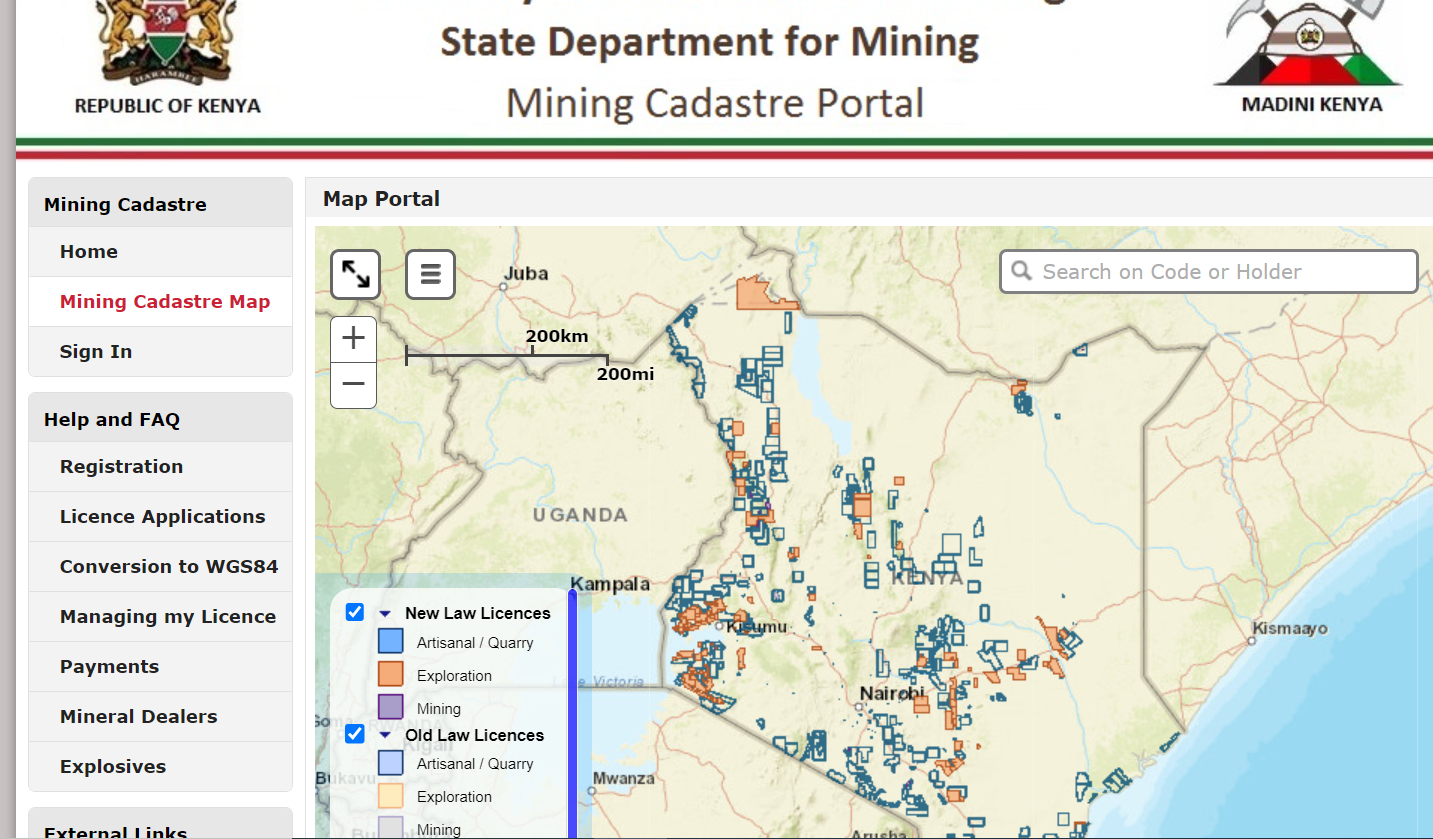There are many reasons to consider farming trees. Perhaps you live in an area that has been deforested and you want to replant trees. Maybe you are looking for a way to generate income from your land. Or, you may simply be interested in the environmental benefits of farm forestry. Whatever your reasons, it is important to understand the opportunities and risks involved in tree farming before making a decision. In this blog post, we will explore the benefits and drawbacks of tree farming, so that you can make an informed decision about whether or not this is the right choice for you.
Benefits of Farm Forestry
One of the primary benefits of farm forestry is that it can help to restore degraded landscapes. If you live in an area that has been deforested, tree farming can be a way to replant trees and help the environment. In addition, farm forestry can also provide economic benefits. For example, if you sell the timber from your farm, you can generate income from your land. Finally, farm forestry can also have environmental benefits. For example, trees can help to regulate the climate and improve air quality.
property value.
If you are thinking about tree farming, it is important to weigh the risks and benefits before making a decision.
Risks of Farm Forestry
While there are many benefits to tree farming, there are also some risks involved. One of the primary risks is that tree farming can be a labour-intensive and expensive endeavour. If you are not prepared to put in the work, you may not be successful. In addition, there is also the risk that your trees may become sick or infested with pests. If this happens, you could lose your investment entirely.
risk of fire.
If you are not careful, your trees could be destroyed by fire.
Conclusion
Before you decide to start tree farming, it is important to weigh the pros and cons. Consider your reasons for wanting to farm trees, and make sure you are prepared to take on the risks. With careful planning and preparation, tree farming can be a rewarding experience.





